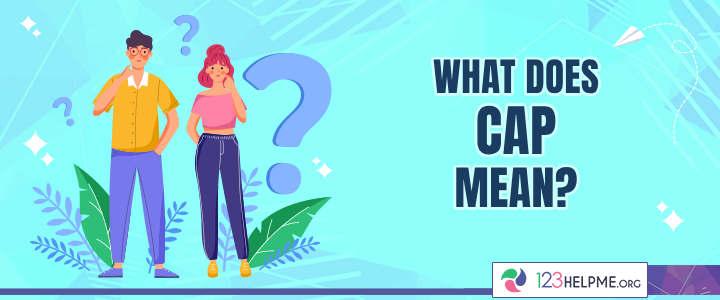Slang has always evolved with culture, but the internet has made it spread faster than ever. If you’ve been scrolling through TikTok or Instagram lately, chances are you’ve seen people write or say no capping. But what exactly does it mean, where did it come from, and why is it so common in online conversations today? Let’s break it down.
What Does “No Capping” Mean?
At its core, no capping means “no lying” or “I’m being truthful.” It’s simply another variation of the more familiar no cap. Both phrases serve the same purpose: to emphasize honesty and authenticity.
For example:
- “That new pizza place is the best in town, no capping.”
- “She’s the most talented dancer here, no capping.”
It’s a way of reinforcing that what you’re saying is not an exaggeration—it’s the truth.
The Connection Between “Cap” and “No Capping”
To fully understand no capping meaning,”it helps to know what “cap” itself means. In slang, “cap” refers to a lie, exaggeration, or something that isn’t real. Saying “that’s cap” is the same as calling someone out for not telling the truth.
- “I can lift 500 pounds at the gym.” → “That’s cap.”
By contrast, “no capping” means the opposite—you’re insisting you’re not lying. It adds emphasis to honesty, much like saying “I swear” or “for real.”
Where Did “No Capping” Come From?
Although TikTok helped spread the term to global audiences, “no capping” has roots in African American Vernacular English (AAVE) and rap culture. For decades, “to cap” meant to brag or make exaggerated claims. Over time, the opposite—“no cap” or “no capping”—developed as a way to stress honesty.
The phrase gained traction in mainstream culture when rappers like Future and Young Thug began using it in their music. Their 2017 track “No Cap” played a big role in making the slang more widely known.
Why Is It Popular on TikTok?
TikTok thrives on short, expressive language, and “no capping” fits right in. It’s catchy, easy to use, and works perfectly in captions, comments, or comedy skits.
Examples include:
- Life hacks: “This trick works every single time, no capping.”
- Reactions: “That was the funniest video I’ve seen all week, no capping.”
- Reviews: “This product really does what it says, no capping.”
The phrase also aligns with TikTok’s culture of authenticity, where creators emphasize being “real” with their audiences.
Why Gen Z Loves “No Capping”
For Gen Z, truth and authenticity are key values. In a digital world filled with filters and over-the-top claims, “no capping” is a way to cut through the noise and highlight when something is genuine.
It’s also connected to hip-hop and internet culture, both of which heavily influence Gen Z’s communication style. Saying “no capping” not only shows honesty but also signals belonging to an online community that understands the slang.
Criticism and Misuse
Like many popular slang terms, “no capping” isn’t free from criticism. Some argue it’s being overused, losing its punch when added to every other sentence. Others point to cultural appropriation, since the phrase originated in AAVE but is now used widely without acknowledgment of its roots.
It’s also often confusing to older generations, who might take the word “capping” literally and miss the slang meaning altogether.
The Future of “No Capping”
Slang doesn’t last forever. While “no capping” is still trending, it may eventually fade as new words emerge. However, for now, it’s one of the clearest examples of how music and social media can turn regional slang into global vocabulary.
Final Thoughts
Understanding “no capping meaning” is about more than just knowing another internet phrase. It shows how culture, music, and technology continually shape the way we talk. From its AAVE roots to its explosion on TikTok, the phrase has become a quick way to emphasize truth in everyday conversation.So the next time you see someone comment, “That video was hilarious, no capping,” you’ll know they’re being completely honest—no exaggeration involved.







